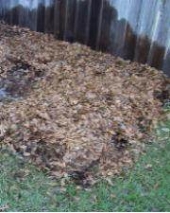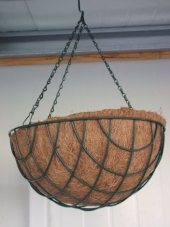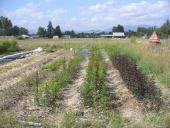There is a permaculture nursery in my area (
Useful Plants Nursery), that puts some of their larger trees in "RootTrapper" fabric pots (the same ones you linked to). I have an Illinois Everbearing mulberry in one that I haven't planted yet, so I'm not sure how the roots look in them. They also use the smaller airpruning plastic seedling pots from that company. I haven't handled their plants enough to say for certain how well they work, but the guy who runs the nursery has been in the horticulture business for 35 years, and I've seen their nursery.
I have used airpruning fabric pots quite a lot with containerized annuals. I sewed up my own version of Smartpots using landscape fabric, which took a decent amount of time but cost very little. The advantage with that over just bottomless pots is that the lateral roots also get pruned, so once you transplant you have a solid root ball surrounded by loose soil, rather than a root mass on the sides with mostly loose soil in the middle. I've also cut out the bottoms of all my seedling pots for the past 2-3 years and it seems to cut down on transplant shock with veggies.
Also worth mentioning is my potting mix. I don't have exact percentages, but it's about 1/3 biochar 1/3 rotten wood chips 1/3
compost. The biochar holds lots of air pockets, the wood holds lots of water. The mix is quite a bit heavier when wet than the potting mix you buy at the store, but I find that the added aeration from the fabric and bottomless pots compensates.
I'm going to be experimenting with this a lot this year so I'll update as I start playing with more tree/shrub seeds.
peace








